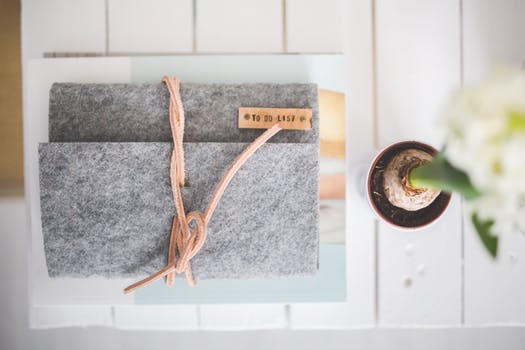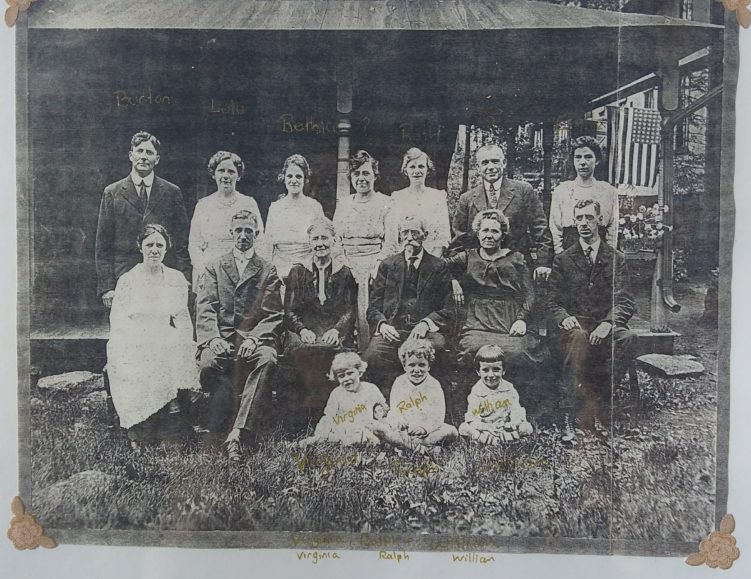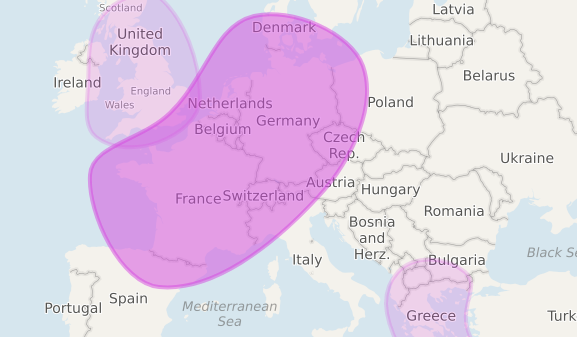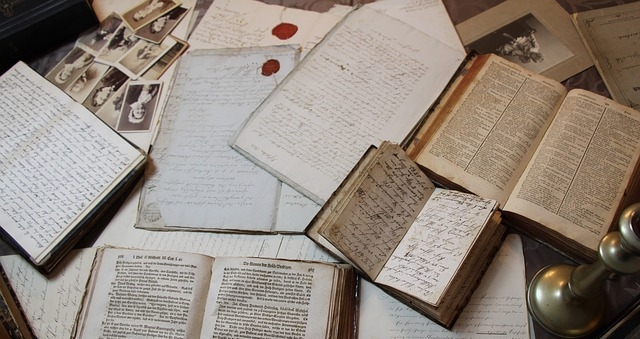After 26 years of wondering and guessing, digging and hypothesizing, flailing and sometimes giving up, it happened. When I originally posted “2019: The Year I Find Emma” on January 4, 2019, my entire focus was on DNA. Would you believe that, after all these years, DNA was not what led me to ...
Family History Friday
Emma Anna Murphy Regan Shaw
I like to go shopping at 7 a.m. Okay, that's not true. I just so happen to be up at 6:30 to get the kids out the door by 7, and it's convenient for me to go shopping as soon as they get on the bus. I don't actually enjoy driving into town that early, but the store is pretty empty, the line at ...
Family in Our Heart
DNA is a wonderful tool for the family historian. But what happens when the unexpected comes up, when your parents, grandparents, or great-grandparents aren't connected to you biologically, after all? I've encountered so many surprises thanks to DNA. My own parents? Both mine. My sister? Stuck ...
2019: The Year I Find Emma
I am confident that 2019 will be my year - the year I find the origin of my great-great grandmother, Emma Anna Murphy. Emma, who married first a Mr. Reagan and then my great-great grandfather, Erastus Bartlett Shaw of Middleborough, Massachusetts in 1888. The first time I tested my DNA was in ...
DNA Testing: Caveats
Family Tree DNA first began offering direct-to-consumer genetic testing in 2000. After years of reading articles about the success people had with DNA testing for genealogy, I took my first test in 2006. Only a year later in 2007, 23andMe joined the party, and now everyone is doing it. Yet, not ...
My Lifelong Research Project
In 2016 when I attended the Nebraska State Genealogical Society Conference, featured speaker Joshua Taylor made mention of those ancestors who become our lifelong research projects. Mine is my great-great grandmother, Emma Anna Murphy. I wrote about Emma constantly in the previous iteration of my ...





